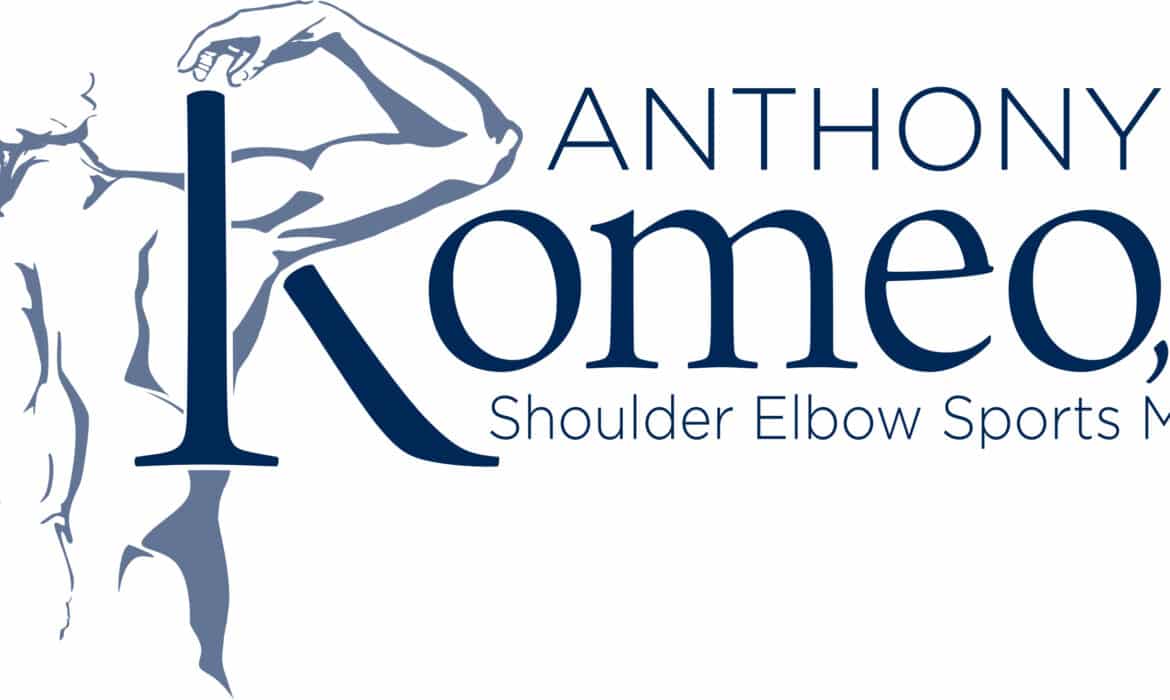Strong significance
Patients rarely share the significance behind their tattoos with me. I recognize, though, that each one has personal meaning, and the motivations behind them remain private. Tattoos are an important form of self-expression — and this needs to be acknowledged and respected in surgical settings. Surgeons should assume that every tattoo matters deeply to the patient and should be handled with care.
When surgeons make the effort to do everything in their power to preserve a tattoo, they show true respect for their patients, which helps to cultivate the trust that supports a successful healthcare journey. Patients may have to live with a cosmetic defect for the rest of their life, so any extra planning done on the the surgeon’s part is well worth the effort.
Of course, in emergency settings, saving a patient’s life becomes more important than the preservation of a tattoo. However, I believe that needlessly ruining a tattoo during an elective surgery — usually as the result of a lack of proper planning or consideration — is unacceptable.
How to preserve tattoos
Tattoos can interfere with surgical planning in many ways, so surgeons need to be adaptable. According to a 2009 study, 79% of surgeons encountered tattoos at proposed incision sites with 61% preferring to relocate the incision site in order to preserve the tattoo. A tattoo may be in the surgical field or located near the incision site. If so, it can become stretched or misshapen. Meticulous attention to the incision and closure is critical to the final result.
To preserve a tattoo, I start by identifying the standard position for the incision site that is used to perform the procedure. Then, I evaluate the tattoo and look for straight lines in black ink. Once I’ve identified a black ink line, I make the incision in the center of that line, no matter what the orientation of the line is. If the line is not perfectly straight I will make the incision slightly curvilinear.
It’s important not to make an incision perpendicular to the line of the tattoo, as this will almost always cause the line to come up unevenly. If this happens, it’s almost impossible for tattoo artists to correct it afterward.
At the conclusion of the procedure, I close the surgical incision using either simple stitches or a subcuticular closure, which is a technique that closes the wound under the skin. Putting stitches underneath the skin makes the area less reactive and gives the tattooed skin the best chance of being preserved as much as possible.
If you have concerns about your tattoo during surgery, be sure to discuss them with your surgeon before the procedure and ask about how he or she typically deals with tattoos. Your concerns are completely valid and deserve to be taken seriously and properly addressed.














